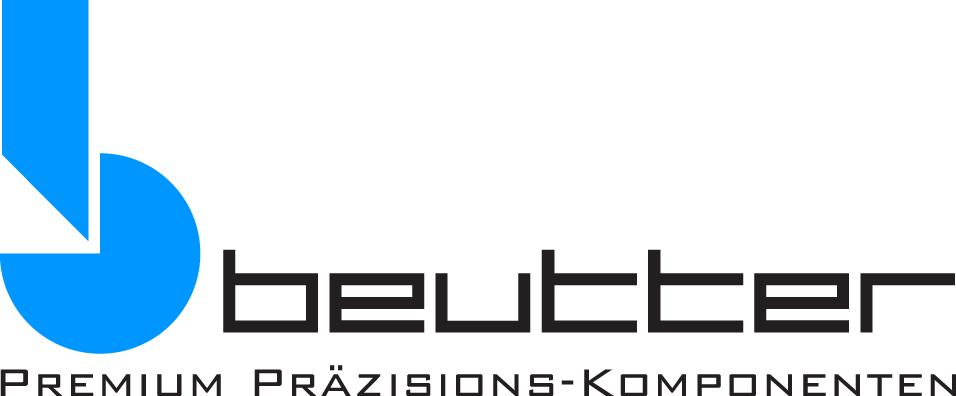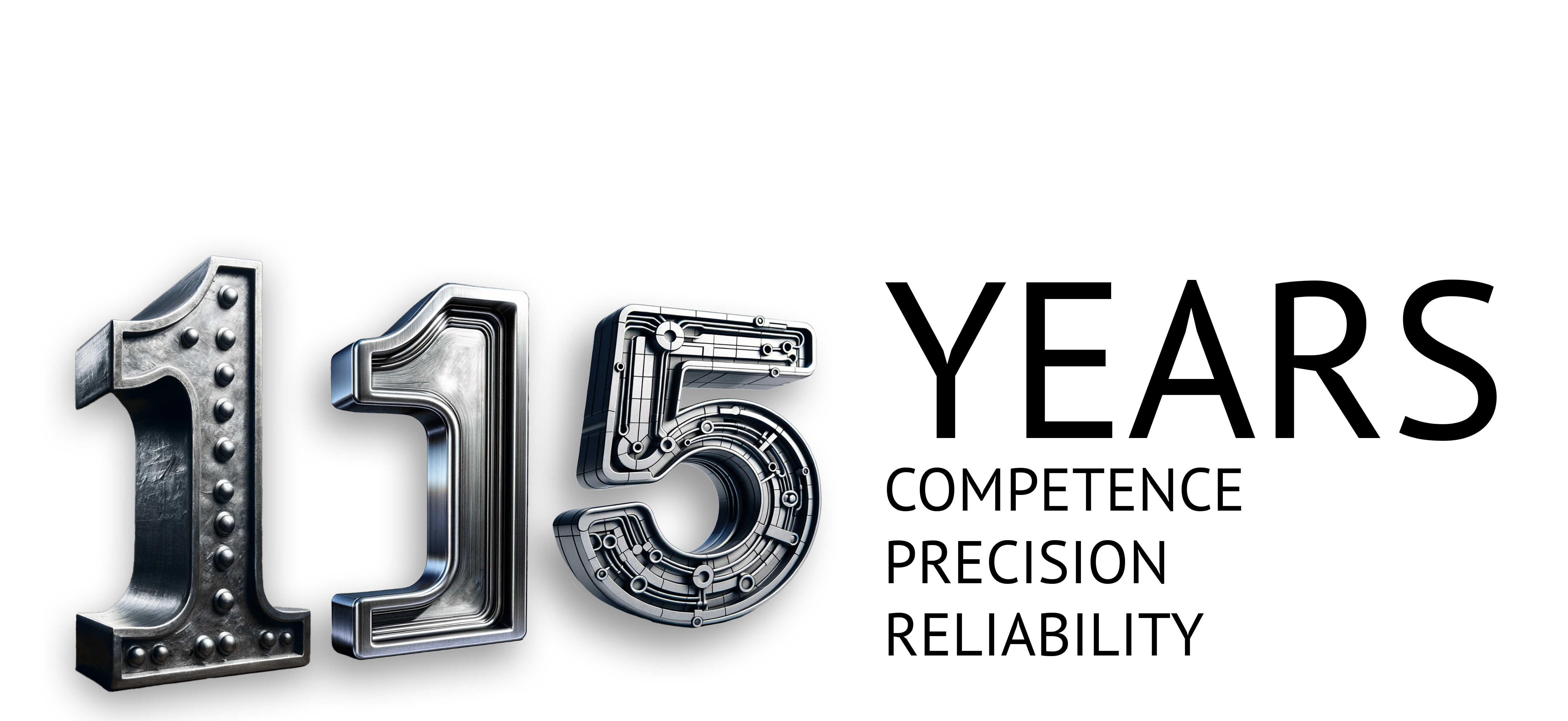Ceramic grinding – a rarely offered service
Materials made of technical ceramics can withstand extreme operating conditions and are therefore increasingly replacing metal or plastic. However, grinding technical ceramics is demanding and is mastered by only a few suppliers. The effort is worthwhile, however, because of the outstanding properties of high-performance ceramics.
What is technical ceramics / advanced ceramics?
Materials made of technical ceramics can withstand extreme operating conditions and are therefore increasingly replacing metal or plastic. However, grinding technical ceramics is demanding and is mastered by only a few suppliers. The effort is worthwhile, however, because of the outstanding properties of high-performance ceramics.
What is technical ceramics / advanced ceramics?
Ceramic materials are inorganic, non-metallic and polycrystalline. Advanced ceramics require a much more precise manufacturing process than utility ceramics: in particular, tighter grain size tolerances, higher purity of the material, and sophisticated firing processes such as hot isostatic pressing or firing under a reducing atmosphere.
Technical ceramics is also called advanced ceramics, engineering ceramics , technical ceramics or industrial ceramics.
Production of technical ceramics
Ceramic materials are formed from a raw mass of ceramic powder, organic binder and liquid and sintered at high temperatures.
The properties of technical ceramics are determined firstly by the base material, for example aluminum oxide or zirconium oxide, and its purity, secondly by the amount of defects such as pores or microcracks, and thirdly by the firing process. The larger a component, the more difficult it is to manufacture, since the microstructure must remain uniform over the entire volume.
The properties and advantages of ceramic components
Technical ceramics have different properties depending on the base material and firing process. Typical are durability, corrosion resistance, heat resistance and electrical insulating capacity.
Abrasion and wear resistance is one of the great strengths of ceramics and enables very long service lives of components, for example of plain bearings in pumps, pistons and cylinders or of cutting nozzles for laser or waterjet cutting.
Ceramics are harder than steel and are therefore used in machining as long-lasting cutting ceramics or for ball bearings with heavy loads.
The corrosion resistance of ceramics to salt water and chemicals is used, for example, in pumps in the chemical industry.
Some ceramic materials can withstand temperatures of up to 1500 ° C and are therefore well suited for furnace construction, heating elements and as components in increasingly powerful combustion engines.
Most ceramic materials are electrically insulating, while some are superconducting or semiconducting. Ceramics can therefore be used both as heat-resistant insulating materials and as electrical conductors.
Thanks to their good biocompatibility, ceramics are also becoming increasingly popular in medical technology.
One disadvantage of ceramics is their low fracture toughness compared with the much more ductile metallic materials such as stainless steel or aluminum. However, ceramic composites have now been developed that are much more fracture resistant and can also withstand extreme thermal shocks.
Grinding of technical ceramic components
Ceramics can be ground very precisely because the material does not deform easily.
However, it is precisely the advantageous properties of ceramics, especially their strength and hardness, that make them so difficult to machine that only a few companies offer ceramic grinding at all.
Challenges in the grinding of ceramics
Metal-bonded diamond wheels must be used for grinding ceramics. They have a significantly longer service life than other grinding wheels, which wear out very quickly due to the high glass hardness of the ceramic.
In addition, the process parameters such as cutting data and cooling lubricant must be specially adapted to ceramic grinding, otherwise the diamond grinding wheel will become clogged with ceramic particles. The ceramic dust generated during grinding must be trapped by special machine enclosures and filter systems so that it does not get into the bearings and guides of the grinding machine and damage them.
Main application areas of ceramic precision parts
- Medical Technology
- Aerospace
- automotive engineering
- metrology
- environmental technology
- Production Engineering
- Electrical engineering
- Household appliances
Alumina is the most widely used oxide ceramic material thanks to its high strength, chemical resistance and favorable price/performance ratio. Zirconium oxide is particularly fracture resistant and is popular in surgery.
Beutter has great expertise in grinding technical ceramics. We offer many years of experience in developing solutions for customers and support you from parts and production planning to the finished product.
Many years of experience in developing solutions for customers.
We support you from parts and production planning to the finished product. In doing so, we assume overall responsibility for all process steps: In addition to machining processes, this also includes, for example, laser machining and galvanic processes such as colored anodizing.
Do you have any questions? We will be happy to support you with our comprehensive know-how.
Free problem analysis from our experts
This email address is being protected from spambots. You need JavaScript enabled to view it.
This email address is being protected from spambots. You need JavaScript enabled to view it.




